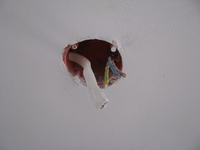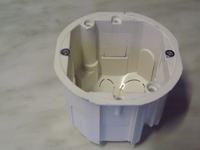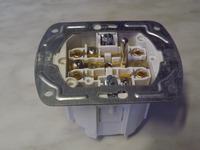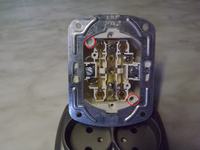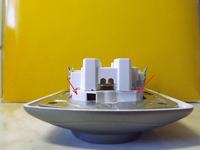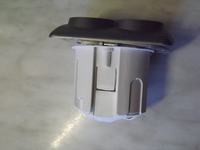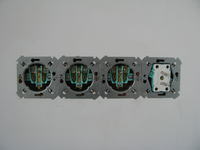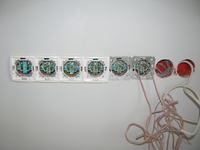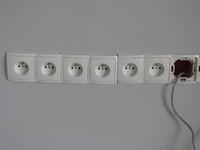Hello, I have a question, is it safe to insert a flush-mounted box into an electrical outlet with polyurethane foam? I have started construction and my electricians have seated all the boxes in this way, claiming that it is absolutely correct. However, I have doubts whether this foam will ignite like gasoline in the event of a short circuit .... Please give your opinion.
Regards.
Regards.



